Lake Cuicocha
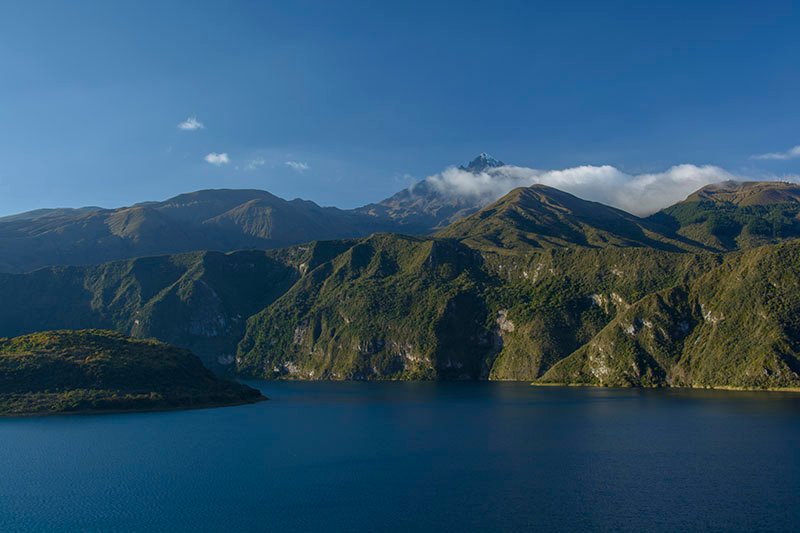
Indigenous Market Otavalo
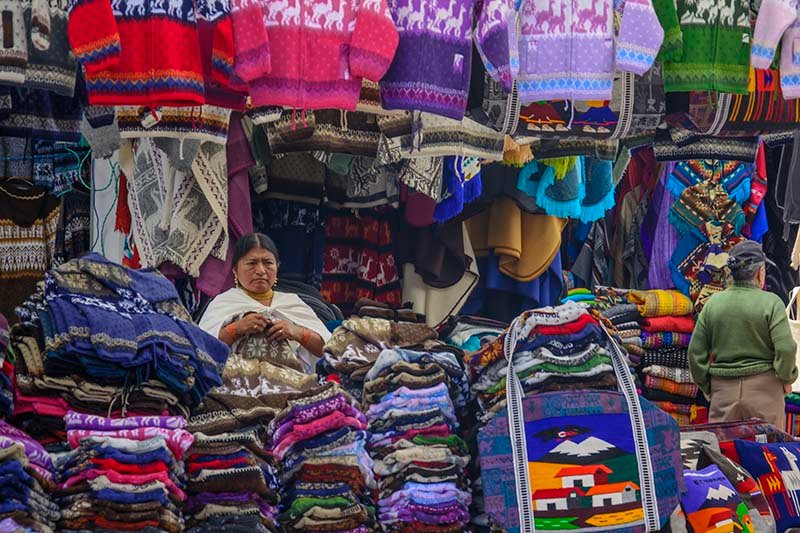
San Francisco Church

Mitad del Mundo
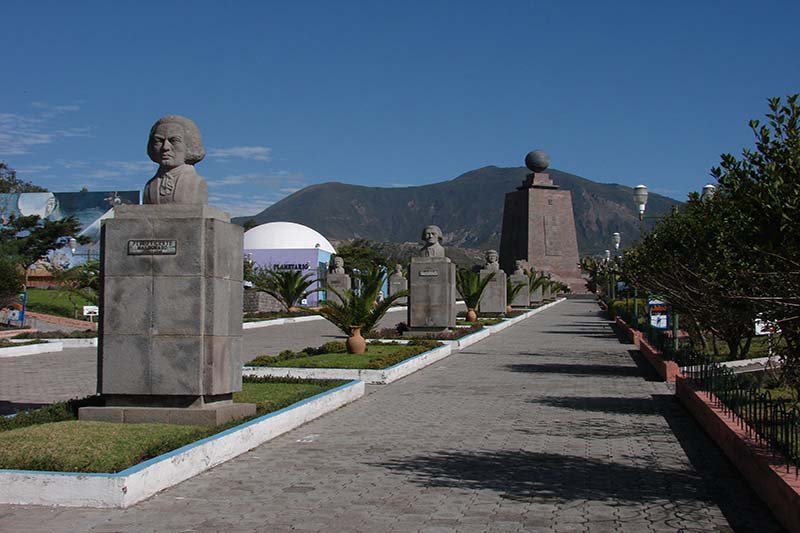
Cotopaxi Nationalpark
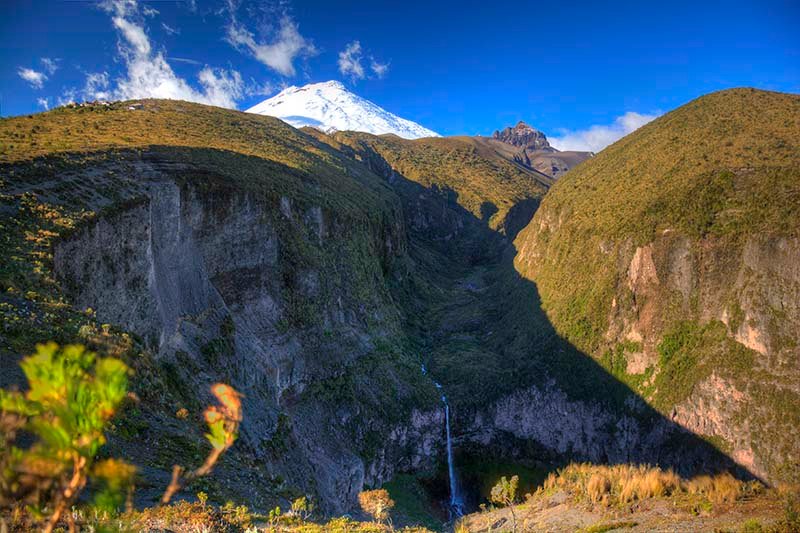
Chimborazo Nationalpark
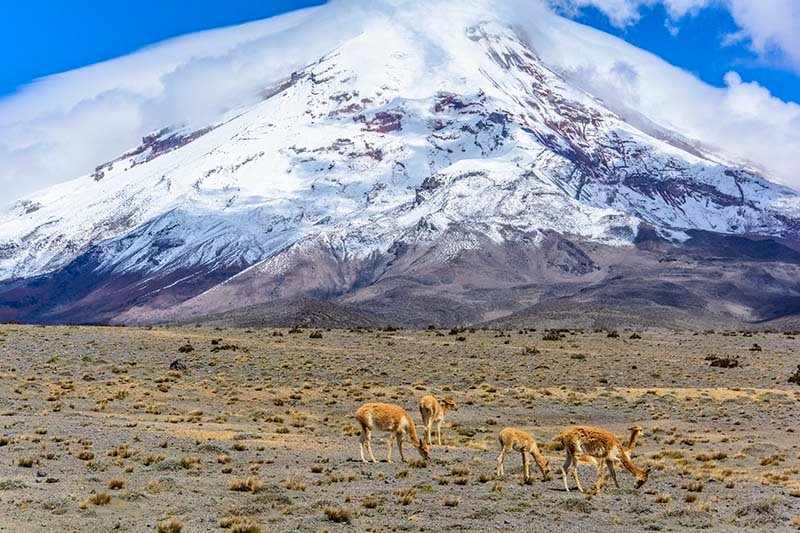
Ecuador is located on the west coast of South America and is a rather small country compared to its neighbors Colombia and Peru. Despite this “compactness”, it is one of the most biodiverse countries on earth, because four completely different natural areas can be found here: the Amazon, the Andes, the coast and the Galapagos.
The Amazon region in the east of the country is called “Oriente”. It makes up the largest part of the country, but is the most sparsely populated, mostly by still very traditionally living Indian tribes such as the Siona, Secoya or Huaorani. With patience and luck, one can see numerous exotic birds (hoatzin, parrot, king fisher) as well as monkeys, caimans, piranhas, turtles, freshwater dolphins, armadillos and anacondas. This high biodiversity of the rainforest can develop and be preserved mainly in the two large protected areas, the Yasuní National Park and the Cuyabeno Nature Reserve.
The Sierra is the Andean region of the country. It is home not only to the capital city of Quito (a UNESCO World Heritage Site), but also to Ecuador’s highest mountain, the 6310-meter Chimborazo. In addition, another 54 volcanoes, 18 of which are still active, line up like a string of pearls along two mountain ranges from north to south through the country – the road of volcanoes, as Alexander von Humboldt once aptly described it. Hikers, trekking enthusiasts and mountaineers will find a variety of opportunities to enjoy themselves here. Characteristic for the Andean region is the páramo with its “frailejones” (palm-like giant crucifers) that can grow up to four meters high. Besides condors, pumas and spectacled bears, the now very rare mountain tapir lives here.
The Costa is the coastal strip on the Pacific Ocean, west of the Andes. Almost half of all Ecuadorians live here. On the fertile alluvial land, mainly bananas are cultivated and the Humboldt Current from the Antarctic still provides Ecuador with a great abundance of fish. On the Pacific coast there are lonely beaches, which invite you to swim all year round thanks to their location near the equator. In addition, humpback whales, maned seals, blue-footed boobies or the Galapagos albatrosses, which actually only live on Galapagos, can be observed here. On the southern coast is the largest city of the country, Guayaquil, on the river delta of the Río Guayas.
From Guayaquil you can reach one of the most beautiful animal paradises of our planet in two hours by plane: the Galapagos Islands! The islands are located about 1000 km from the mainland, are of volcanic origin and never had any contact with the rest of the world in their history of origin. Thus, a unique flora and fauna developed here. The latter not only helped Darwin to the theory of evolution, but also offers today’s visitors the unique opportunity to experience trusting animals up close: Seals, sea lions, penguins, tropical fish, giant tortoises, marine lizards, iguanas, frigate birds and blue-footed boobies. The islands and their wildlife can be explored by water diving, snorkeling and kayaking as well as on foot.
Ecuador is located on the west coast of South America and is a rather small country compared to its neighboring countries. Despite this compactness, it is one of the most biodiverse on earth.
Date
February 07, 2023



